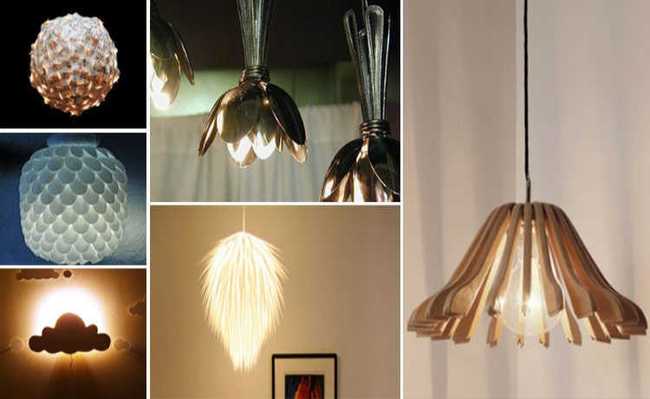Indoor plants that purify the air
These plants, in addition to making the environment more pleasant, purify the indoor air

A very simple way to alleviate indoor pollution problems is to grow plants that purify the air. Anything you have already makes certain toxins out of the air. VOCs (volatile organic compounds), POPs (persistent organic pollutants), formaldehyde, xylene and benzene are targeted depending on the specificity of the plant and where it is placed (see "the real value of trees"). Check out the video above, from the channel eCycle portal which shows ten plants that purify the air; then check out the list of indoor and air-cleaning plants below:
Important note: some of these plants can cause skin irritation (contact) and salivation (ingestion). Keep out of reach of children and animals.
Peace lily (Spathiphyllum)

Considered one of the best plants that purify the air, the peace lily is known to reduce internal toxins in homes that are harmful to health and can even cause cancer, depending on the intensity. The plant, which can be grown indoors, also helps remove substances such as formaldehyde and benzene from the air;
Boston Fern (Nephrolepsis exaltata bostoniensis)

Acts as a natural humidifier. And because of this release of moisture into the air, the species is also on the list of plants that purify indoor air, removing pollutants such as benzene, formaldehyde and xylene; and providing clean air inside homes. But it grows best in sunlight and wet conditions;
Areca-bamboo (Chrysalidocarpus lutescens)
A very sensitive plant that is also a humidifier. It can be kept anywhere in the house, especially indoors, beside newly varnished furniture or in carpeted areas. It also helps remove toxins like formaldehyde and xylene; that is why it is on the list of plants that purify indoor air;

Aglaonema (Aglaonema modestum)

Its characteristics are that it is perennial, has bright green leaves with marks, in addition to being on the list of plants that purify the air. It grows best with little water and as little light as possible. It produces red flowers and fruits. It also filters formaldehyde and benzene toxins from the air;
Saint George's Sword (Sansevieria trifasciata)

Widely used as an ornamental plant, it tolerates low light and irregular watering. And scientists from the United States Space Agency (NASA) have discovered that this plant has the ability to absorb a variety of toxins from the air, such as formaldehyde and nitrogen oxide. A good place to leave it is the bathroom;
Gerbera (Gerbera jamesonii)

It has a bright bloom and is effective in removing trichlorethylene and filtering benzene. Put it in your laundry room or bedroom because these are environments where there is usually plenty of light;
Chrysanthemum (Chrysanthemum morifolium)
The plant's flowers help to filter benzene, making it a member of the list of air-purifying plants. A tip: if you want to encourage the buds to open, just place it near an open window where there is sunlight;

Chlorophyte (Chlorophytum comosum)

It grows quickly and has tiny white flowers. It has an even better effect if placed in the kitchen or near the fireplace, as these are the places where carbon monoxide accumulates the most. It also helps to remove formaldehyde and xylene;
Ficus (Ficus Benjamin)

It grows well in the living room and, with the right light and water conditions, this plant will last for a long time. Not to mention that it filters pollutants such as formaldehyde, benzene and trichlorethylene, being part of the plants that purify the air;
Aloe Vera or Aloe Vera (aloe barbadensis)

A great choice for a sunny kitchen window, because it loves sunlight and grows easily. In addition to removing formaldehyde and benzene, the gel inside an aloe can help heal cuts and burns. It has several medicinal properties and is present in many skin care products; Learn more about Aloe vera: Aloe vera benefits, how to use it and what it is for
Azalea (Rhododendron simsii)
In addition to being beautiful, the azalea combats formaldehyde from sources such as plywood or insulation foam, being one of the indoor plants that purify the air;

Imbé (Philodendron oxycardium)

Climbing plant that can be toxic if ingested, so don't have it if you have children or pets at home. But it's great for eliminating all kinds of VOCs (volatile organic compounds);
Dracena (dracaena marginata)

It has thin leaves with red edges and is famous for being a slow growing and flowering plant with few requirements. It is able to filter out toxins present in the air and remove formaldehyde and benzene. But it can be toxic to dogs;
Rubber tree (Hevea brasiliensis)
 It has several functions: it eliminates substances harmful to health and can also absorb carbon dioxide and monoxide, hydrogen fluoride (HF) and granules to reduce dust around it. The only recommendation is that since the rubber tree is a tree, it is advisable to plant it directly in the ground when it grows.
It has several functions: it eliminates substances harmful to health and can also absorb carbon dioxide and monoxide, hydrogen fluoride (HF) and granules to reduce dust around it. The only recommendation is that since the rubber tree is a tree, it is advisable to plant it directly in the ground when it grows.









